The conundrum is in choosing the right balance between doing something that's useful and that's doable in the limited time provided for Fablab academy. So I have decided to start with a few ideas and choose the most viable one as I learn more in the Academy.
1. Dynamic head support-cum-mouse
Taking inspiration from the headpod which is used in rehabilitation for persons who lack head control. The idea is to integrate a computer access device within the headpod for Alternative and Augmentative Communication (AAC) in the case of a quadriplegic individual who cannot speak and lacks head control. This looks like a good reference source.
This is a rough sketch of the 'Dynamic head support and computer access' device.
2. Pedalling wheelchair with options to adjust resistance and to collect data about usage, speed etc - as a physiotherapy tool
3. Patient hoist lift or an unweighing system prototype
4. Kids-friendly wheelchair with port to connect to different types of switches for forward/backward/sideward movements
March 31, 2018
Going through the different project ideas again:
Idea 1: Dynamic head support-cum-mouse
A father of a 20-month-old daughter who has problems holding her head up has shared the design of the head balancinator that he made for her. I downloaded these files and tried printing them in the Dimension 1200s 3D printer in our Fablab (see photo below).
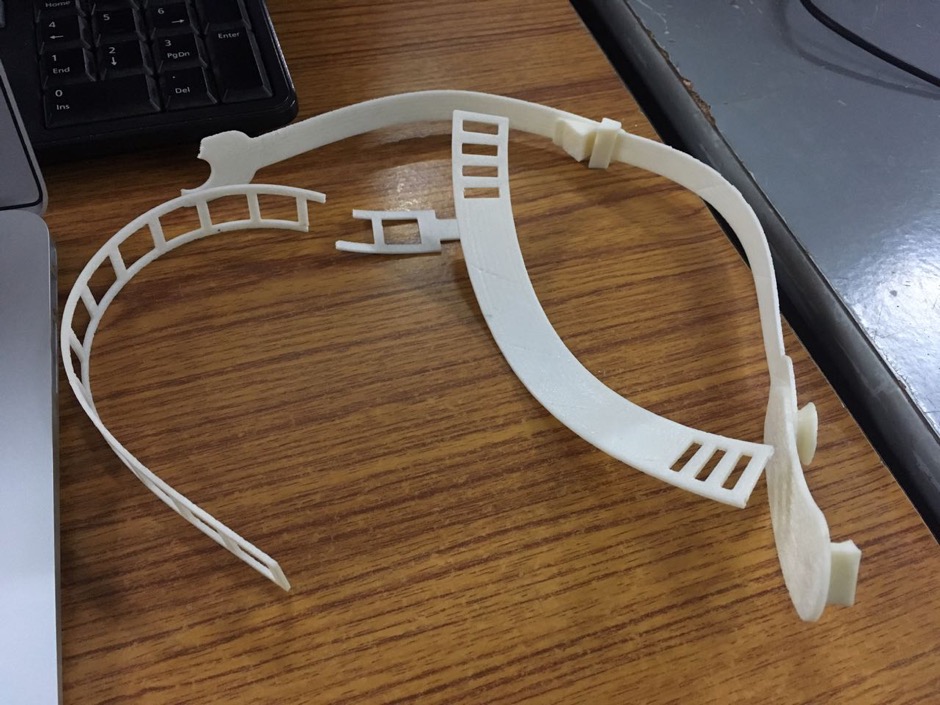
The parts did not turn to be as expected because the father had printed these using FlexEcoPLA while I had to go with ABS because the 3D printers in our Fablab used either PLA or ABS. ABS meant the parts were not flexible and because the joints were designed for a more flexible material, the parts either resisted or broke when I tried to join them. Should I make a new design and try molding and the casting the parts using silicone?
Ideas 2 and 3: After my experience in making the adaptive chair for the weekly assignment on computer-controlled machining, I realized that there is a long way to go before trying out the following two ideas for the final project.
2. Pedalling wheelchair with options to adjust resistance and to collect data about usage, speed etc - as a physiotherapy tool
3. Kids-friendly wheelchair with port to connect to different types of switches for forward/backward/sideward movements
Idea 4: Patient hoist lift or an unweighing system prototype
I discussed this idea with my peers and instructors in Fablab. The various thoughts that came out were: the hoist lift will need metal parts to bear a person's weight; precaution to be taken if the power source cut off in the middle of transferring the patient (!) and so on.
A new idea!
I am just discussing this idea with my instructors. It is to make the Flipmouse, the design and code files of which are provided in a Github repository, as a part of the Asterics Academy project. I could mill the PCB using the given design file, hunt for the electronic components and purchase the ones not available in Fablab. My extra add-on to the project will be to design and make a 'mounting solution' to mount the Flipmouse stably, close to the user's mouth. I'm very excited by this idea. Hope it works!
May 2, 2018
I have decided to stick to my first idea for the final project, which is the 'Dynamic head support-cum-mouse'. I could make the 'Head mouse'. The part I'm still confused about is if I could make the 'Headpod'. It is risky to put it on a kid with disability. What if the headpod gave away? May be I should first try making a static head support, which is much needed in our institute. Someone needing a little head support, but can still move his/her head, can use this head mouse along with the static head support. The following are some designs borrowed from the internet. I have been asking the disability professionals in my institute regarding which design would suit the kids the best.
Design 1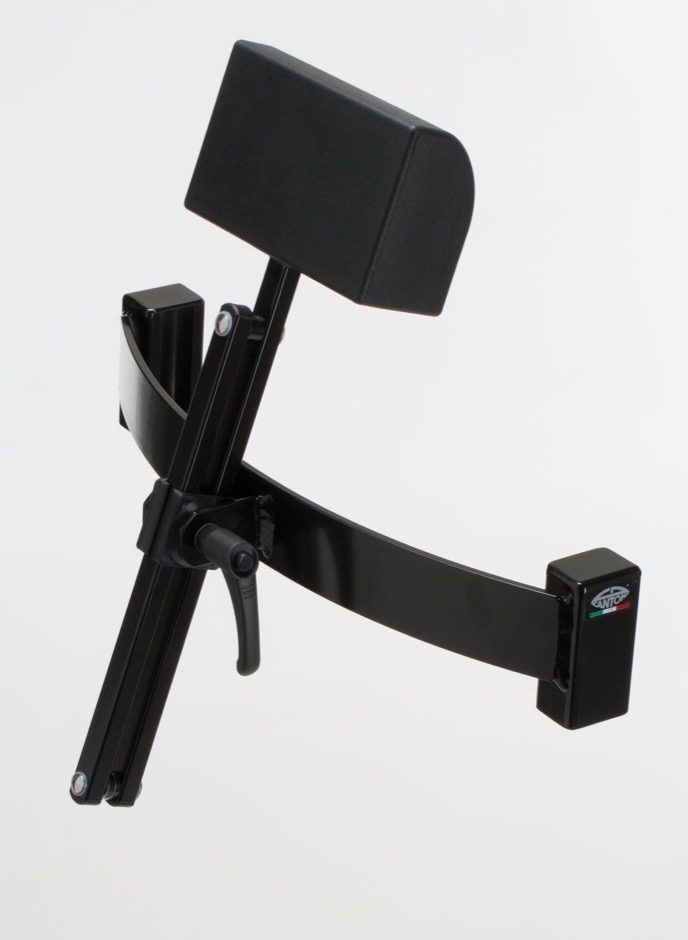
Design 2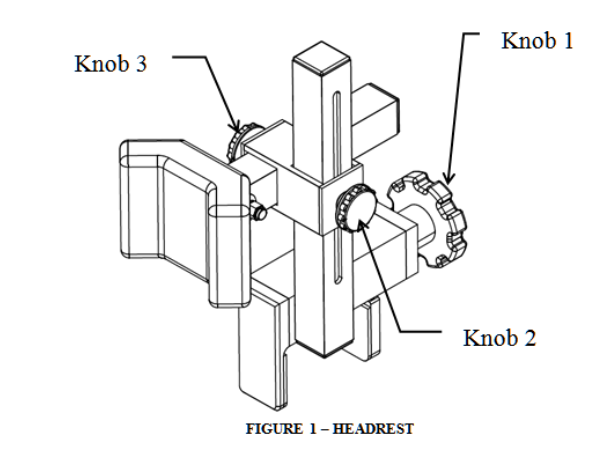
Design 3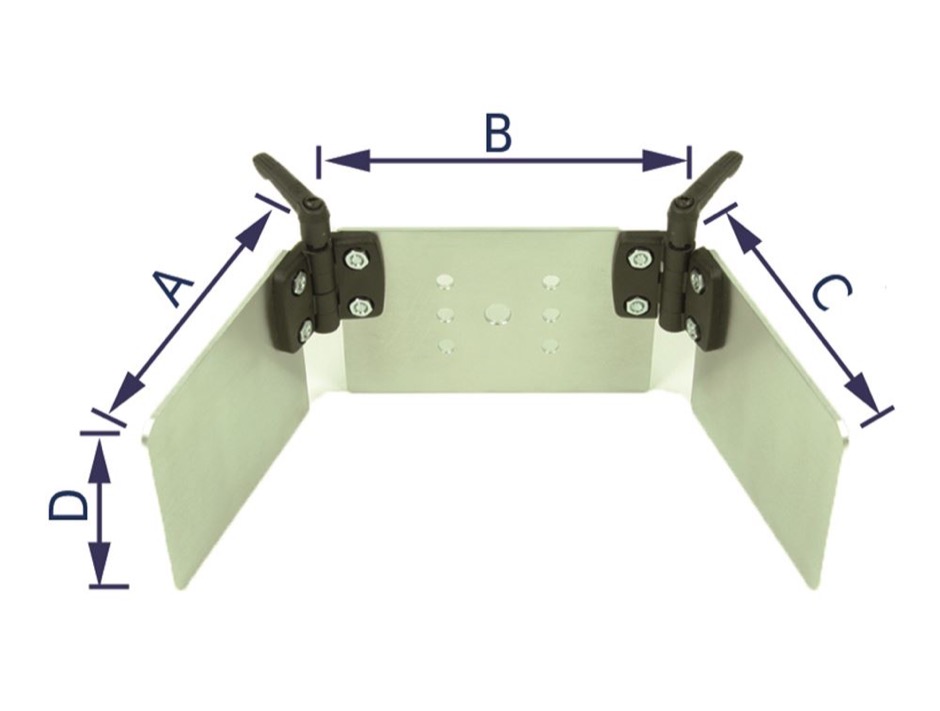
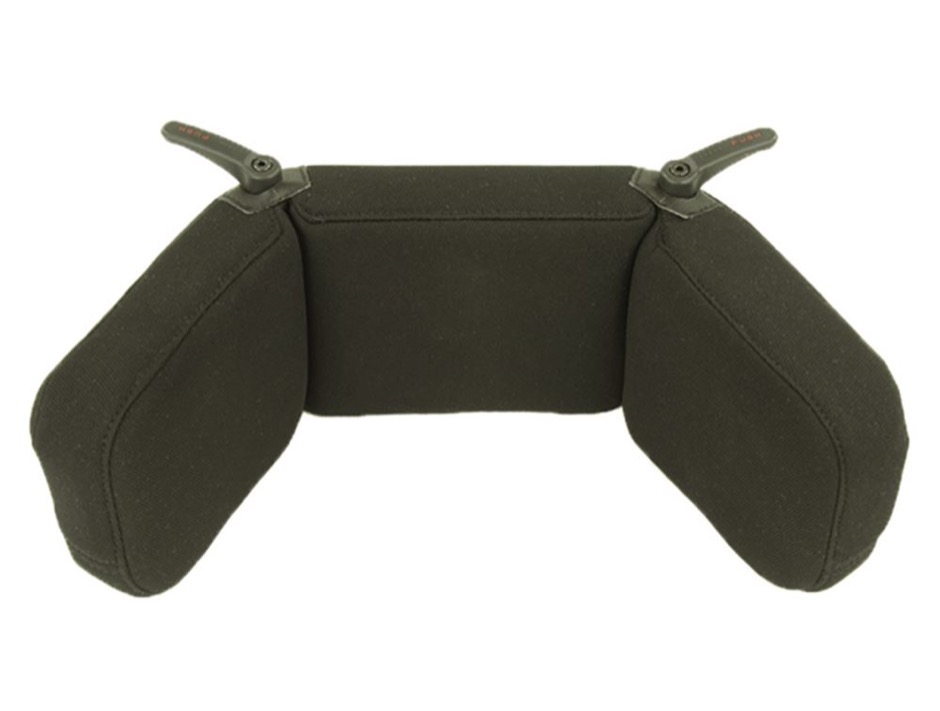
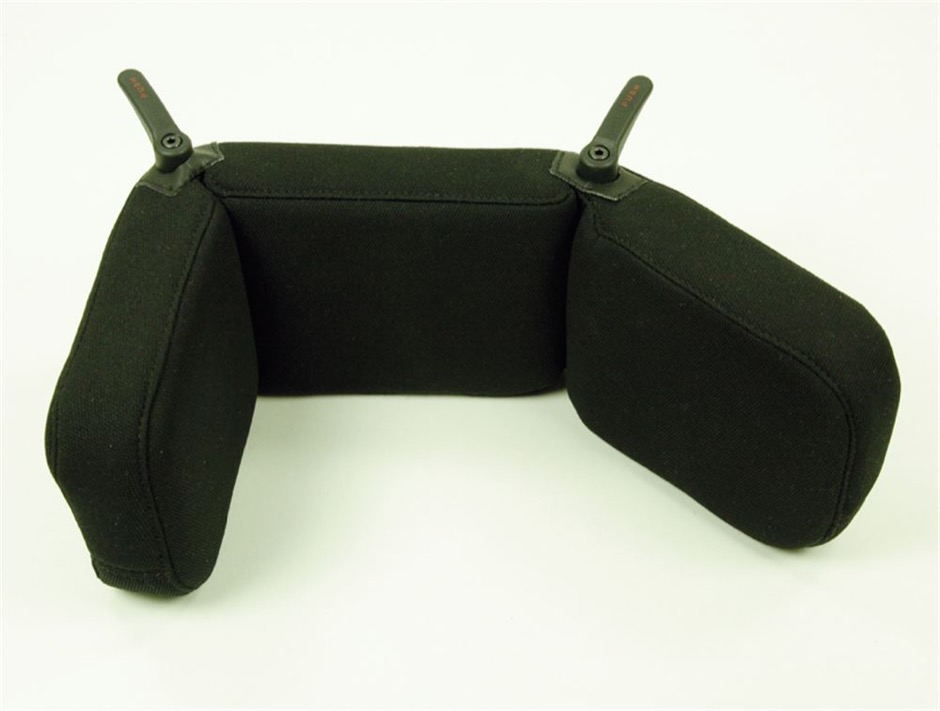
May 23, 2018
Trying to answer the questions listed in Fab academy for 'project development':
What will it do?
It would be a seating and computer access system for a kid with motor impairment.An adaptive chair with adjustable seating angles and heights, with a head support-cum-mouse to access the computer. For a kid with additional speech impairment, it would also serve as a means for communication with a commercial AAC (Augmentative and Alternative Communication) software installed in the computer.
Who's done what beforehand?
I have been trying to design a head support (dynamic) based on the headpod. If that doesn't work, I am also looking at internet sources for static head support designs.
For the electronics, I intend to refer to this instructables for guidance. This is a wired device. I'm planning to make mine bluetooth-compatible.
What will you design?
1. I made the adaptive chair for my shopbot assignment.
2. I made a support tray in composite material during the wild card week. I will be adding a wooden frame to make it more usable.
3. I have designed a PCB with Atmega32U4, yet to be milled and soldered.
4. The head support is yet to be designed.
What materials and components will be used?
Plywood, Plastic, resin for composite
Bluetooth sensor HC-05 module
Accelerometer/Gyroscope sensor MPU6050
A PCB with ATmega32U4 chip and other electronic components
Where will they come from?
I have already purchased the two sensor modules (HC-05 and MPU6050) from local/online shops.
The other materials are available in fablab.
How much will they cost?
HC-05 bluetooth module - Rs.300
MPU6050 accel/gyr sensor module - Rs.200
What parts and systems will be made?
1. Adaptive chair with seat and footrest adjustments
2. Support tray used to hold the laptop
3. Head support system
4. Head-controlled mouse
What processes will be used?
1. Milling in Shopbot
2. Composite preparation
3. 3D printing
4. Laser cutting
What questions need to be answered?
1. How sensitive and accurate is the cursor corresponding to the head movement?
2. How stable are the support tray and head support?
3. How to increase comfort and stability for a child sitting on the chair?
How will it be evaluated?
1. By inspection and feedback from disability professionals - physiotherapist, communication specialist and occupational therapist.
2. By feedback from parents or other caretakers of children with disability.
3. If okayed by the above two, trial and feedback from a child with disability.